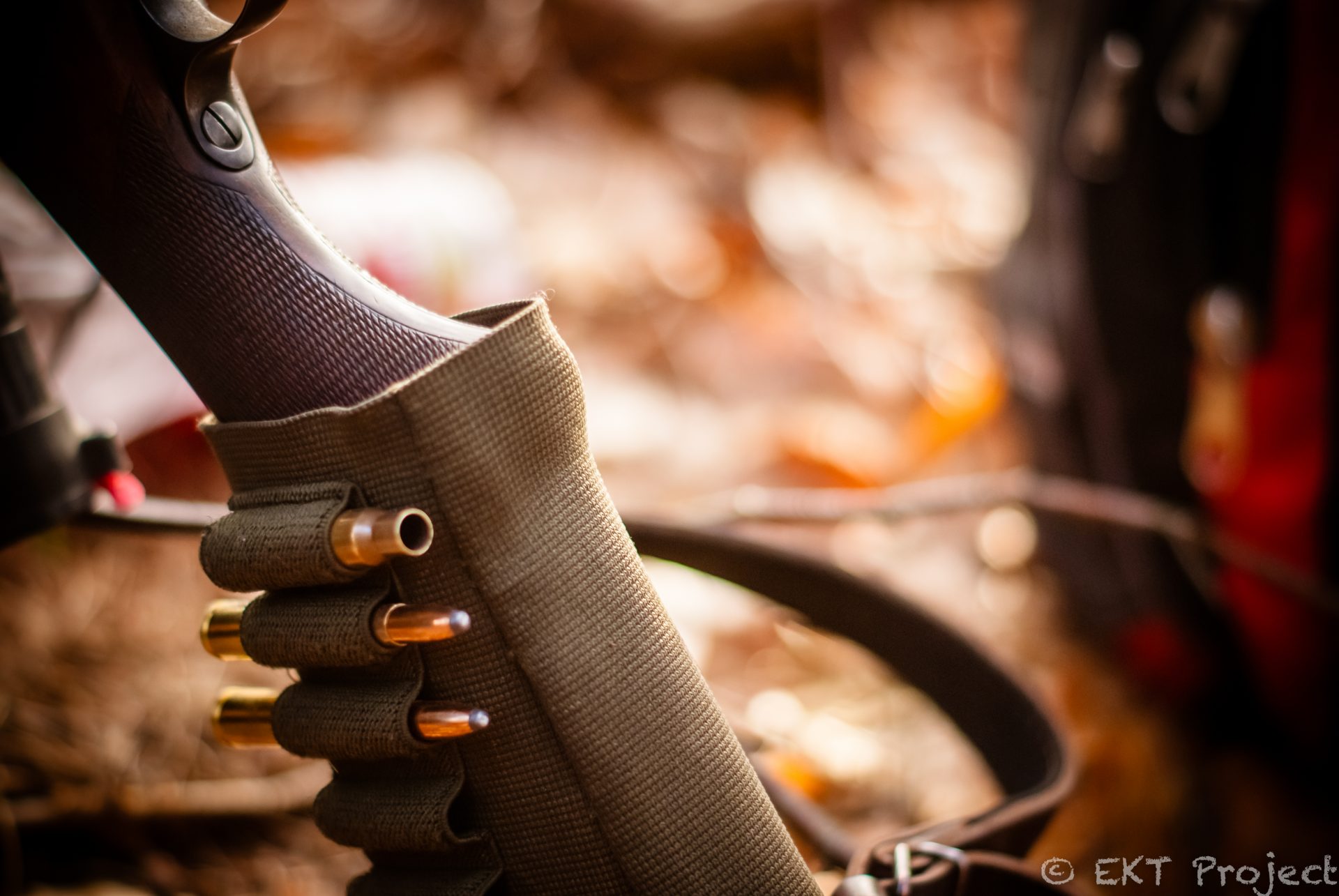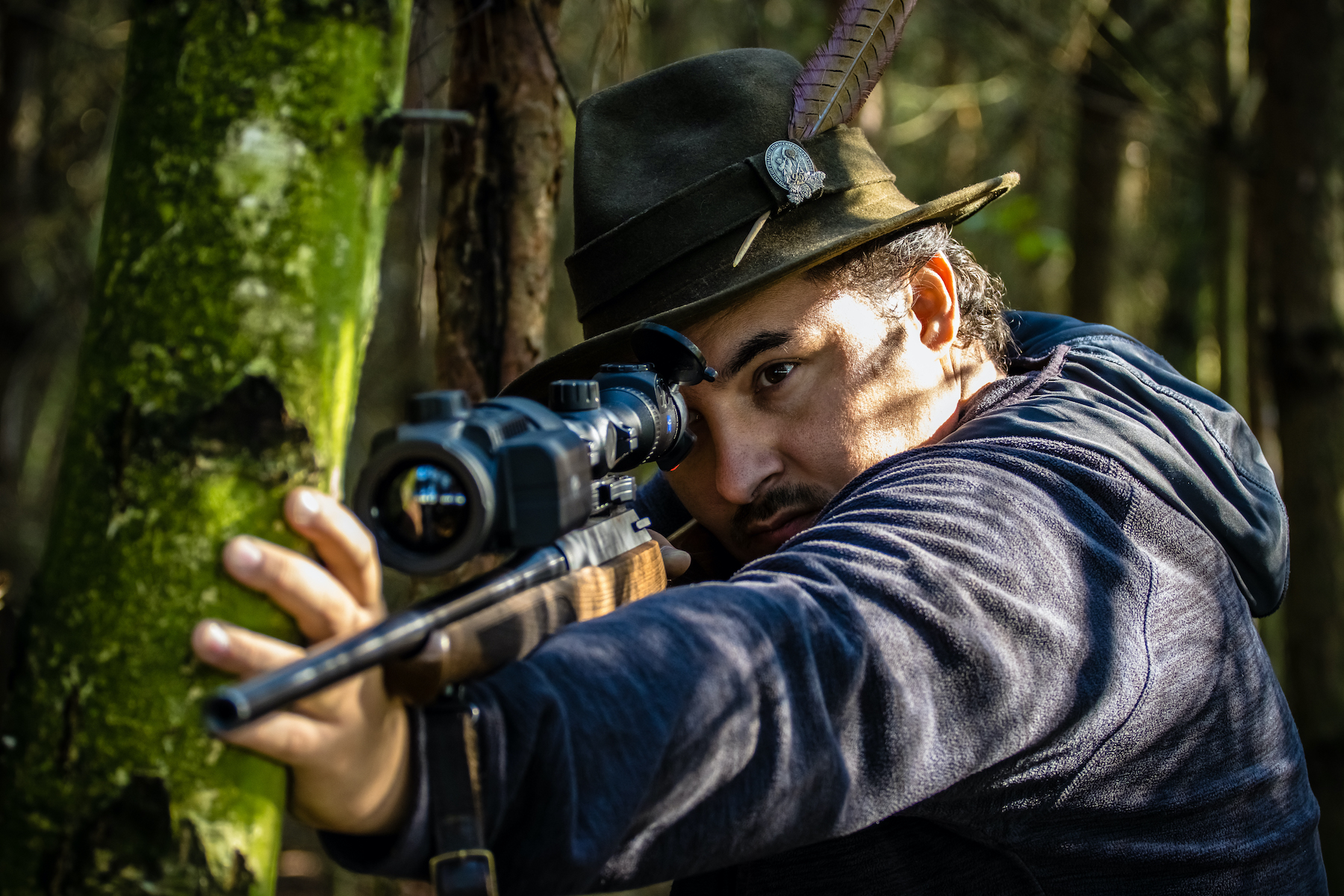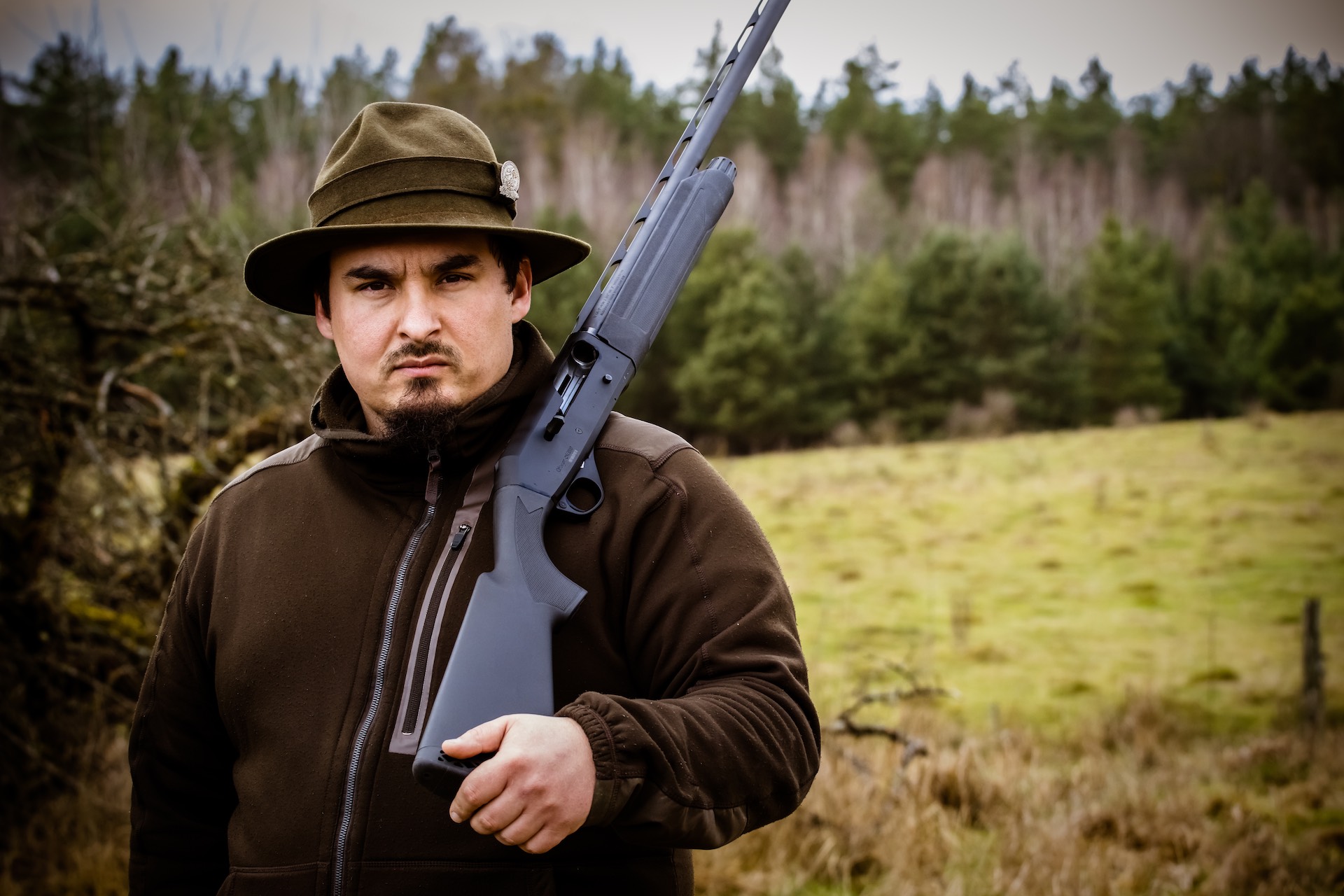
Dawno dawno temu…
21 maja, 2018
Egzaminów czas
24 maja, 2018[vc_row][vc_column][vc_wp_text] Do you know the „Polski Myśliwy” eng. Polish Hunter facebook group? Unfortunately it is in PL only, but from what we have noted, enjoys considerable popularity.
I have the pleasure that I have appeared there practically since day zero and I am one of the editors. I remember that I have been developing my bloga blog when one of my colleagues wrote to me, „Hey, maybe you join as a photographer”? From word to word, I said that this place would perfectly fit into what I would like to do.
[/vc_wp_text][/vc_column][/vc_row][vc_row equal_height=”” background_type=”image” background_img=”6331″ background_effect=”parallax” shift_y=”0″ z_index=”0″][vc_column][vc_empty_space height=”140px”][/vc_column][/vc_row][vc_row][vc_column][vc_wp_text]
Looking through the history of my texts on the group, I noticed that more and more references to traditional, almost historical cuisine, which I am recently fascinated with.
Particularly noteworthy is that the preparation and food storage was once a huge logistical challenge. Today, if we want the meat to be ground, we take out a grinder. In the past, meat, for example from a hare, nestle into a pulp with lard, so that the whole had a single consistency.
Who eats a wild boar cloven hood today? Knee for sure, but the cloven hoods? Two hundred years ago, the hoods were cooked until tender with vegetables and spices, and after cooling they were cut in half, breaded with butter and onions, sprinkled with flour and baked in a wine and mustard sauce. There was also a cold cloven hoods recipe.
In the past, housewives were able to use even a bear in her kitchen. Apparently, the biggest rarity was his paws cooked and baked in a similar batter with eggs, shallots and bread crumbs. Of course, everything was properly prepared and seasoned.
If you are surprised by the bear pawns, the more you will be surprised by elk nostrils. Nostrils, are the upper part of the elk mouth. According to the sources, elk nostrils was the most delicate part of it, and nostrils from two elks „have been able to satisfy a few people nicely.” Such nostrils were first singed, boiled with bovine bone, vinegar and wine. The whole was served on ice with a broth-based tartar sauce.
Speaking of wine and vinegar, it is impossible to forget about the basis of today’s venison cuisine, i.e. a special marinade for venison about which I have already written << here >>.
Cookbooks from those years pay special attention to the broth that remained after cooking the meat. They were sieved through a sieve, then the fat was collected very carefully, finally being sieved through the napkin.
Can you imagine how long it took to prepare such exquisite dishes? The mere draining of the broth could last half an hour. And this old kitchen! Today, to keep the right temperature, just turn the gas on. In the past, cooking required the subjugation of a real fire that was not powered by a gas cylinder, but by the wood. Can you imagine cooking stew on such a kitchen? I still can burn a pot after a few minutes of inattention on a classic stove. Housewives from the eighteenth century could not afford it, because often other pots simply did not have.
I was lucky that I got to know the flavours of a kitchen based on cooking on a wood-fired oven, where a broth of farmed pigeons was prepared on the edge of the oven so that it would not boil. Today, when you say pigeons have city and a railway station in front of their eyes, I think about the delicious broth and hunting season. Today’s broth is obligatory chicken stuffed with antibiotics. Besides, I wrote about it << here >>
[/vc_wp_text][/vc_column][/vc_row][vc_row equal_height=”” background_type=”image” background_img=”6332″ background_effect=”parallax” shift_y=”0″ z_index=”0″][vc_column][vc_empty_space height=”140px”][/vc_column][/vc_row][vc_row][vc_column][vc_wp_text]
What if there were no access to the stove two hundred years ago? Then fire and clay come in! Baking in clay was especially useful in the case of birds. It was not necessary to pluck it – a layer of clay on a duck or a sparrow deprived him of feathers completely.
I am very curious about cooking in clay. I can’t wait for the feather hunting season. I will definitely find time and willingness to prepare meat in this form. I will capture the it on my pictures, and then I will probably describe it on my blog or the Polish Hunter facebook.
I know, that as a hunter I have a responsibility to care for tradition – also the culinary one. Maybe thanks to this I will be able to convince opponents of hunting that the hunter is not as bad as people are saying. As it is known – through the stomach to the heart!
Happy Hunting!
[/vc_wp_text][/vc_column][/vc_row]


